I am a novice photographer. I obtained my first DSLR, the Nikon D3200 in May of 2015. I decided to take at least one picture every day of 2016. Obviously, getting out and practicing every day is bound to make a fledgling amateur improve, but I was surprised at the specific principles I learned along the way, and thought I’d pass them on to any fellow novices thinking about a photo challenge of their own.
- More planning, more spontaneity: One of the most notable benefits of a daily photo challenge is spending more time planning shots. Knowing that I needed to have a shot every day made me think ahead more carefully, considering specific locations, lighting, and subjects. Most photographers will tell you that many of their best shots had at least some degree of planning involved if not days, months, or years of planning. A daily photo shoot challenges you to take planning seriously and gives you the impetus to make plans that you might have put off otherwise. Moreover, being out every day makes you more aware of the details and light conditions surrounding you, which leads to better shots in the future.
However, though it may seem to contradict what I just said, the 365 challenge also made me more spontaneous. It was hard to plan for every single shot, especially when I had a long day of work and activities. For those sorts of days I needed a bit more spontaneity. Sometimes this meant looking at what was already around that I could shoot in a different way. At other times this spontaneity came from a planned shoot. For example, the first image below was a sunrise shot that I planned. The second image was taken later that same morning walking around my location without any specific shot in mind.
Other times, the shot I had in my head just didn’t work out and I ended up with something different. Several times I went out to photograph birds and ended up with sunsets like this one.
- Seeking out skills, information and experimentation: When you’re an amateur who doesn’t shoot often, it’s easy to stick with what you know and are comfortable shooting. After all, you don’t want that once a month outing to end in bad shots. When you’re photographing every day, though, you’re bound to have some bad days. The upside of this is that knowing you will take bad pictures sometimes (and being okay with that) will lead you to try ideas you hadn’t considered before. For example, I got this macro shot of colored pencils while experimenting.
Relatedly, trying to work outside my comfort zone led me to seek out new information. I’ve read many Photography Life articles as well as print and video tutorials on other sites. I’ve also spent a lot of time looking at other peoples’ photographs, getting ideas for how I can recreate or put my own spin on others’ innovations. While I was doing this before the challenge, the push to create every day led me to pursue and incorporate this knowledge more quickly.
- New Places, Old Places: One benefit I didn’t expect from the 365 challenge (but also one of the most valuable) is discovering new locations. I spent a lot of time shooting the locations I knew near my house, particularly Forest Park in Saint Louis, which has a number of museums, statues, wildlife, a world class zoo, and more. A few months in, I started to want to shoot something different, so I looked up new locations to photograph. Through this, I discovered an Audubon migratory bird sanctuary and several state parks I didn’t know existed.
In fact, I discovered some of my favorite shooting locations after starting the challenge. While I may have found them eventually, trying to keep the 365 challenge interesting led me to new locations more quickly than I would have otherwise found them.
Though the challenge did lead me to new and interesting locations, some days it wasn’t feasible to travel to locations further away. In these instances, I needed to be more creative with what I already had. I tried shooting some of my favorite subjects from different angles or in different seasons and light conditions. For example, here are a few photographs of one of my favorite monuments in the area:
Similarly, I ended up shooting a lot of pictures of my husband and dog when I lacked other subjects. Instead of getting the same snapshot or portrait over and over, though, I tried new light setups, different poses, and locations. This will serve me well when I’m shooting for my portfolio.
- Gear Knowledge and Acquisition: When I started the challenge, I had my Nikon D3200, the 18-55mm kit lens, a cheap 55-200mm, and a set of macro extension tubes. As I started shooting, I decided I wanted more attractive landscapes and a more capable low-light lens, so I purchased a 16mm f/2. I continued shooting and realized I wanted a faster all around lens that I would enjoy for portraits so I picked up the Nikon 50mm f/1.8. As I continued, I bought a tripod and neutral density filter, and when I discovered I liked having control over my light, I bought reflectors, a monolight, a speed light and modifiers. I also found I enjoyed photographing wildlife, so I rented and eventually purchased a Nikon 200-500mm f/5.6. For some, this gear acquisition might be fast, for others slow, but I can say that I use every piece of equipment I’ve purchased this year. So how did a 365 challenge factor in? Getting out in the field and practicing every day made me think about what I needed to get a shot that was out of reach for my current equipment. For instance, I stayed out late one night early in the challenge and eventually ran out of light for handheld shooting, so I bought the tripod. I decided to try long exposure during the day, but found it was too bright, so I purchased a neutral density filter. The point is that I learned the limitations of the equipment I had and have expanded outward from there. I feel familiar with all of my gear because I’ve racked up thousands of shots with each piece. No need for anyone to acquire gear as quickly as me, but learning with what you have and learning why you might want additional equipment definitely beats picking up gear you think you’ll use because it sounds good in theory. This way, you know what you need to get the shots you want and why you want it, reducing the amount of equipment that goes unused. It will save your money for the gear you actually want.
Using what you already have also forces you to learn more about what’s really important. When I started, I figured that my D3200 was practically useless. I couldn’t wait to upgrade it to something better. I didn’t believe that I could produce images that I liked using an entry-level DSLR. It was just a band-aid solution until I could afford a nicer camera. But what I realized through the course of the challenge, was that getting the shots I wanted was more about the patience, timing, lighting, and to some extent, lenses, than my camera. Sure, I look forward to upgrading for better low-light capabilities, faster shooting, more focus points, and all of the other bells and whistles accompanying a better camera, but I also know now a lot of principles I wouldn’t have bothered to learn if I hadn’t forced myself to utilize what I already had.
Tips
So having read all of that, you’re thinking of doing a challenge of your own. Here are a few quick tips to help you get started:
- It’s okay to take a bad picture: As I say in my point above, it’s impossible to get a shot you love every single day with a challenge like this. Sometimes you’re sick, tired, or uninspired. Sometimes the subject or weather won’t cooperate with your plans. Just accept from the start that many of your shots will be mediocre or even bad. The important thing is to keep learning. If you learn from your bad shots, they help you get better shots in the future.
- Keep some subjects on hand: As I already said, some days you don’t have the time or energy to get outside. Try keeping some interesting items around your house that you can photograph. Throughout the year I photographed action figures, food, and my own wedding ring.
They may not be portfolio-worthy, but you can still use these items to practice your understanding of photographic principles, and this practice will help you when you have more serious shots in mind.
- Start smaller if a year is overwhelming: For many people reading this, taking a photo every day for an entire year might sound overwhelming, frustrating, or even impossible. If it’s not a fun experience at least some of the time, you won’t complete it. Instead of starting with a year, try starting smaller. I don’t plan to do the challenge again next year. Instead, I’m going to do (at least) one planned photo shoot every week. You could also try taking a photo every day for a month, or a do a photoshoot every weekend. Another author suggested that 365 challenges are harder to start successfully in January if it’s dark when you’re off work and the weather doesn’t beg you to go outside. For some, it might make more sense to start a challenge in the spring or summer instead. The important thing is to have a goal and stick with it.
- Know yourself: One article I read about a 365 challenge suggested that it was okay to skip days in your challenge. For that author, skipping a few days here and there didn’t impact her ability to complete the challenge. I knew that if I skipped even one day it would lead me to skipping more, so being a little harder on myself was the right choice for me. I also decided to keep the challenge open-ended because I knew this would maximize my chances of finishing. For others, having a more structured challenge or having a daily or weekly theme will aid in finishing. I chose to post my daily photos to my personal Facebook page (and my favorites to my website or online portfolio). There are online resources for tracking your challenge if you find this helpful. Know yourself and what will help you complete whatever challenge you decide to pursue. Most importantly, though, learn something new and have fun!
This guest post was contributed by Emily H. Moore. You can follow her learning at her website and 500px profile.
The post What a 365 Challenge Taught Me as a Novice appeared first on Photography Life.
from Photography Life https://photographylife.com/what-a-365-challenge-taught-me-as-a-novice
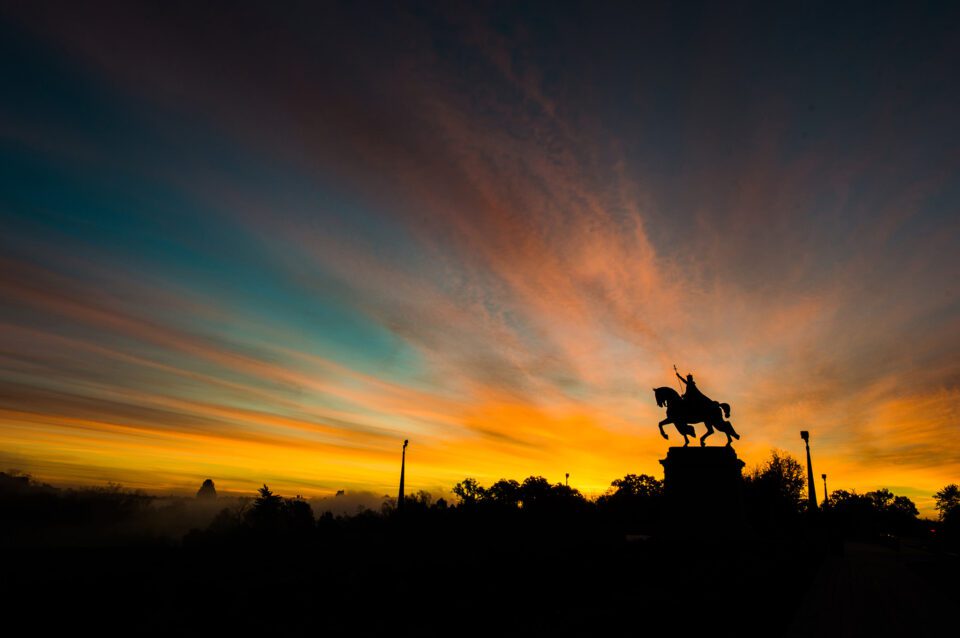
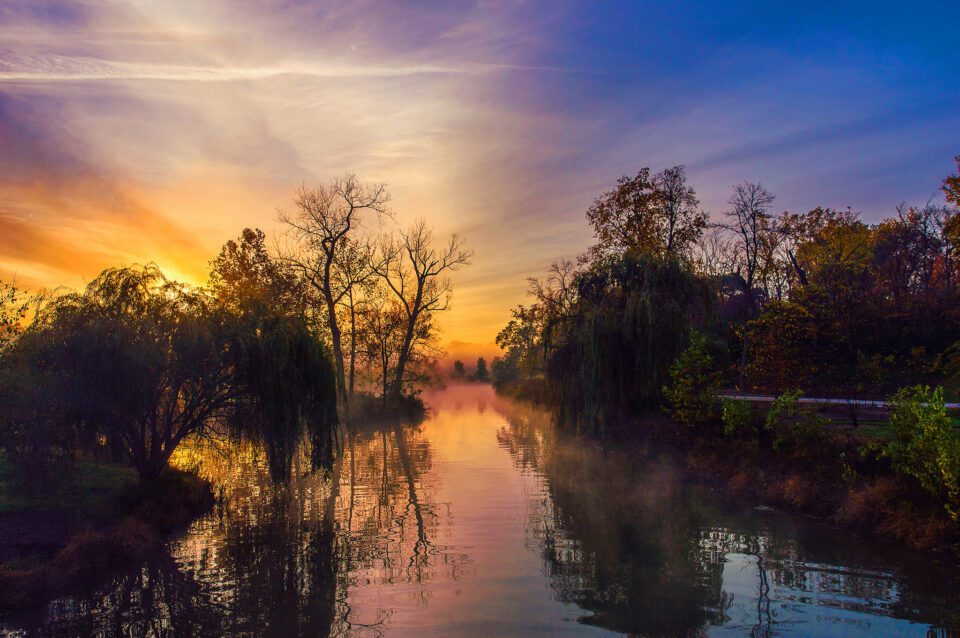
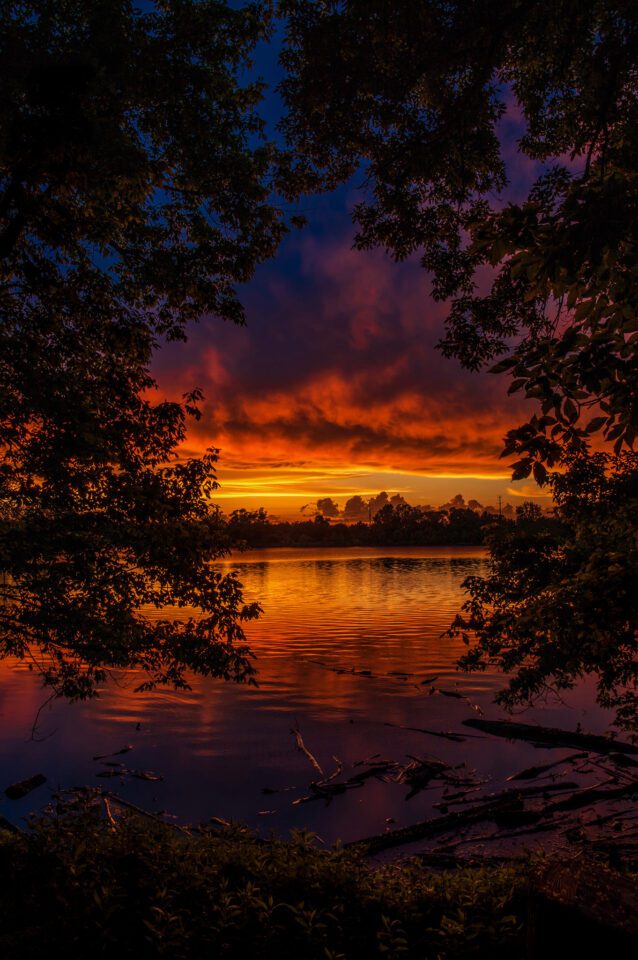

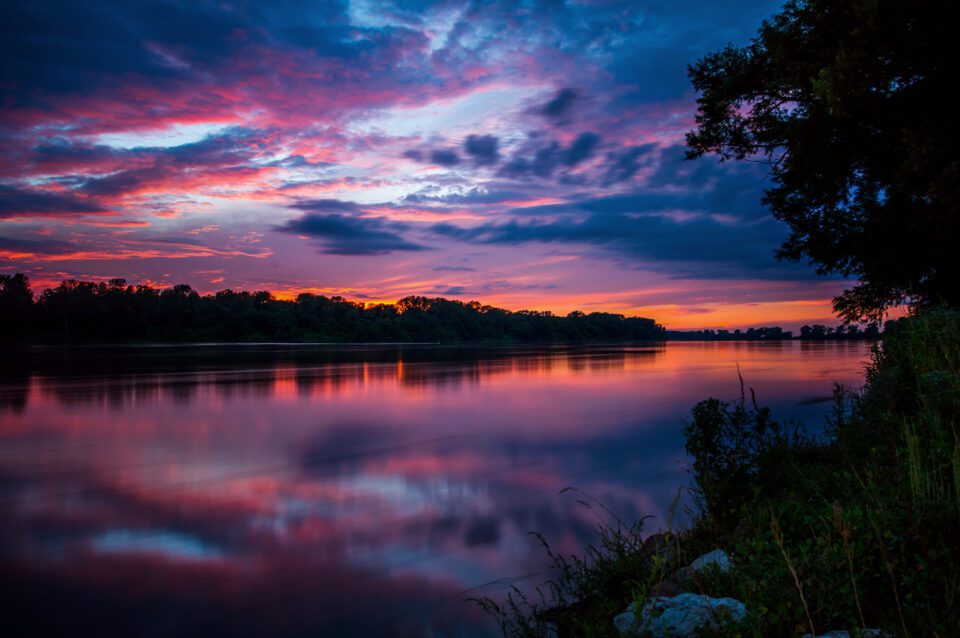
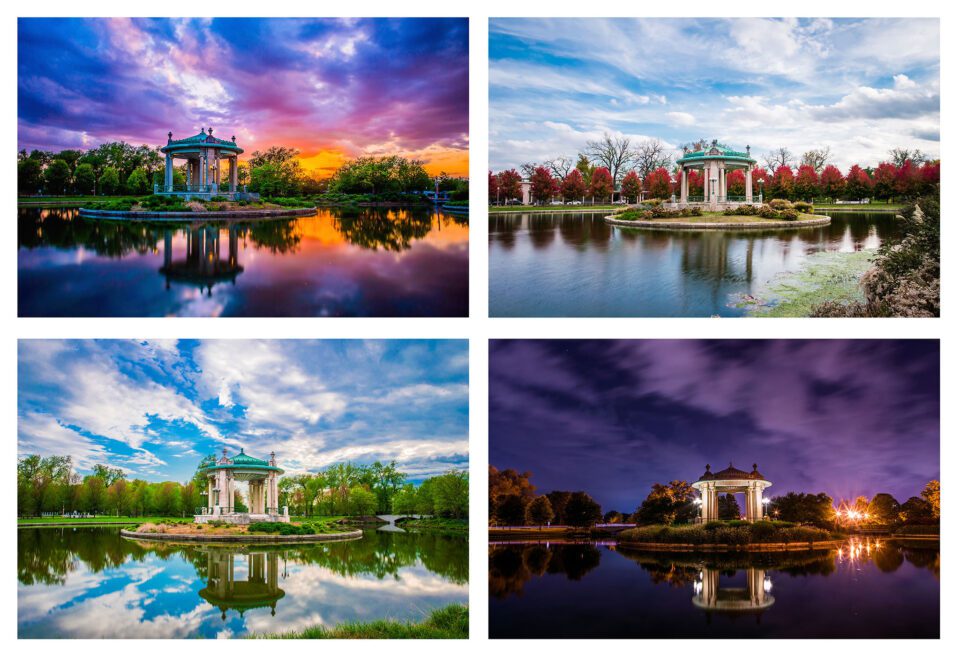
No comments:
Post a Comment